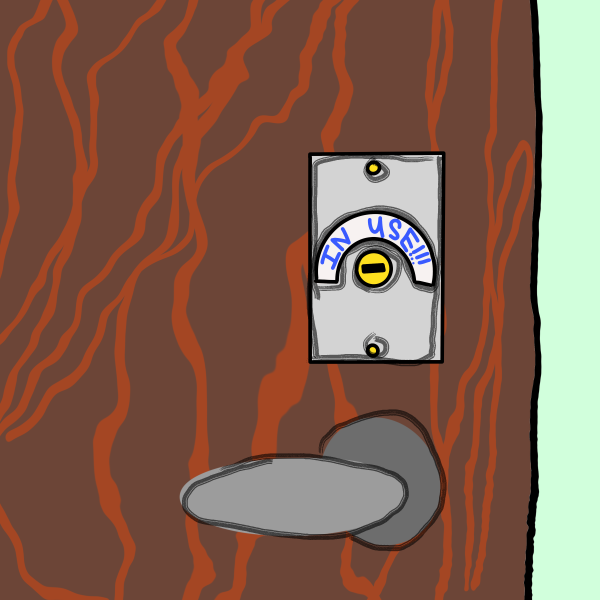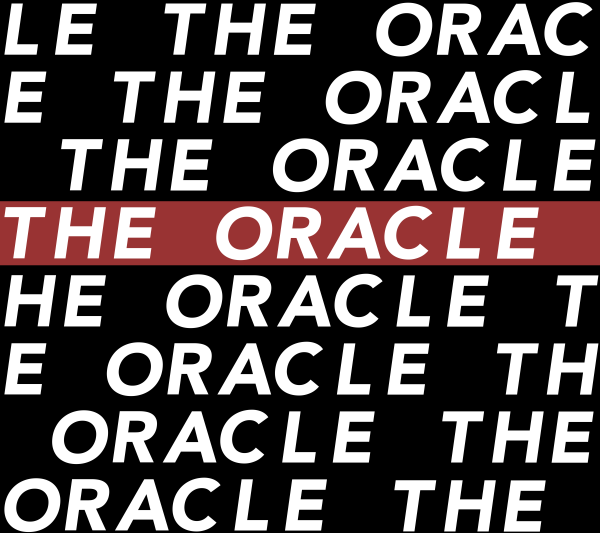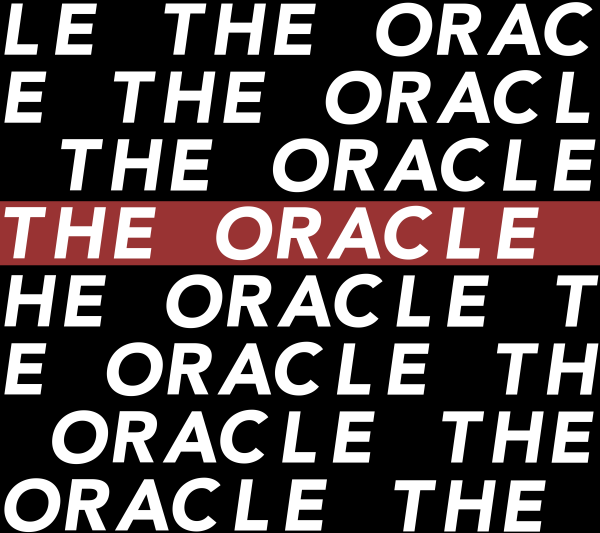Hamline email: failure to communicate
Opaque emails lead to anger, confusion and frustration in the Hamline community.
October 16, 2019
Just over five weeks into the semester, my Hamline Gmail account has racked up over 150 emails. If you are like me, you don’t always have the time to delve deep, but often read enough to capture the gist of what it’s saying.
When the people sending emails shift from student orgs to President Miller, you tend to take notice. At least I did. By the time, the second one came around, I decided to reread the email and examine it closer. As I read through the email, I noticed a significance embedded in its words: “insensitive”, “inappropriate”, “racially”, “culturally”, “offensive language or behavior.”
My major centers around mastering the use of words; therefore, I focus on their connotations. To me, these words hold weight as symbols that signal the seriousness of the message that they are trying to convey. I didn’t know how to address what I was feeling after I had read the email. You see, I really like Hamline, but this took a bit of its shine away. For the first time, I wasn’t defending Hamline instead I was disappointed.
I also wasn’t sure if the rest of Hamline had read the email in the same way that I had. I thought the best way to get an answer was to ask. So, I asked random students how they felt about the email and how they thought it was affecting the community.
The overall tone of the responses ranged from anger to “what emails?” Students said the emails felt inauthentic and generic or that they made them feel bad about the campus community because of the words used. They also stated that the emails didn’t help them fully understand what was going on.
I received little feedback regarding the question about its effect on the Hamline community, which is concerning. Those who had read the emails were talking, which is a step.
But the real problem with Gmail is the user. We live in a world of filters, choosing everything we want to accept and ignoring the rest. Several students had stated that they hadn’t read the emails or knew that one had been sent. It’s difficult to address and correct an issue that people don’t seem to know exists. We are all overwhelmed with email, but you can’t filter out what is happening in the community around you. It’s real and your inbox should be a priority.
This email was part of a string of disjointed communications that were not very transparent, causing its message to dwindle in significance. Even though what I read was carefully executed, others who had read the email stated that it was too vague and gave the impression of insincerity. In my experience, this email reads like those often sent out in corporate America. It ambiguously addresses the issue without damaging the parties involved. Which is good, but Hamline isn’t corporate America. It’s a small liberal arts college centered in a city that itself is currently struggling with its own issues. Students need and deserve more openness and communication.
This email reminds us how words can hurt deeply, whether we choose to let them or not. Its lack of transparency and vagueness tells the Hamline community that the priority is not centered on the students, but instead focused on minimizing damage. It obligates the students to fill in the blanks and in no way helps them to better understand what is going on. Clear communication builds credibility and trust, which is where this email and subsequent others are failing. As a result, the Hamline community continues to grow frustrated and angry. If we really do take the lead, then we must all confront the fact that racial and cultural insensitivity is happening so significantly on campus.





